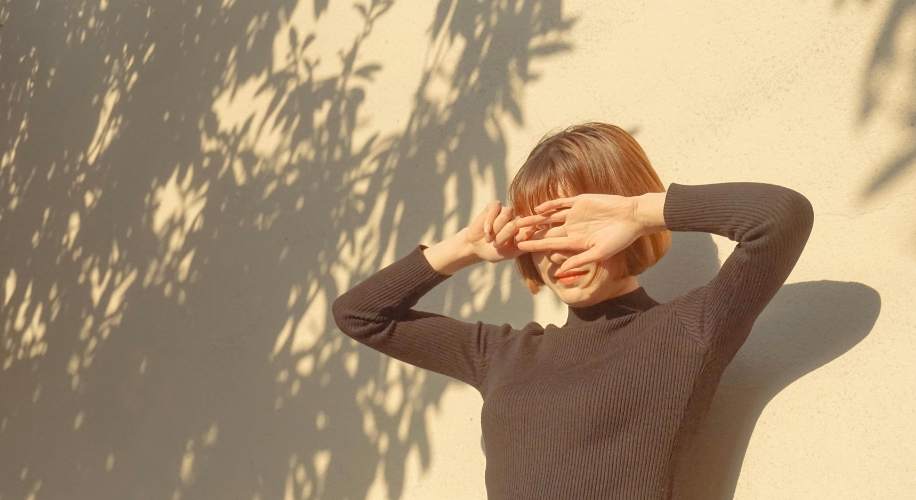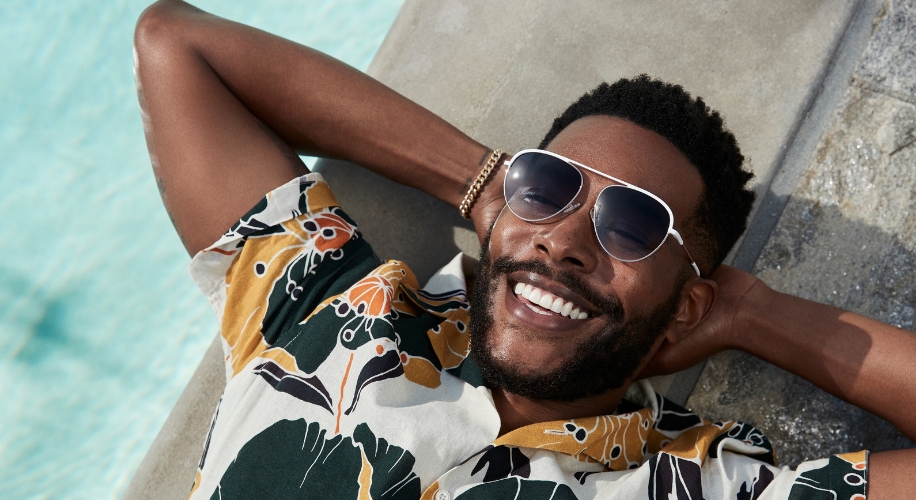Safeguarding Your Sight: Understanding the Myths and Facts of Solar Eclipse Viewing
- BY Catherine Ong
- IN Sunglasses
As North America prepares for the upcoming total solar eclipse on April 8, 2024, here’s a guide to ensure your eyes are safeguarded during this awe-inspiring spectacle.

Photo by Maggie Zhan
Myth: All Solar Eclipses Are the Same
Fact: Not all eclipses are created equal. There are two primary types of solar eclipses: total and annular eclipses. In a total eclipse, the moon completely covers the sun, creating a mesmerizing sight as the sky darkens. This is because the moon, which moves in an elliptical orbit around the earth, is closer to its maximum distance from the Earth. However, during an annular eclipse, the moon is closer to Earth and covers less of the sun, leaving a bright ring, known as the “Ring of Fire.”
Myth: Sunglasses Are Sufficient Protection
Fact: Regular sunglasses, no matter how dark, do not provide adequate protection against the intense solar radiation during an eclipse. Instead, opt for certified solar viewing glasses that meet the ISO 12312-2 international safety standard. These specialized glasses are designed to block harmful rays, allowing you to enjoy the eclipse without compromising your eye health.

Myth: It’s Safe to Watch the Partial Phases Without Eye Protection
Fact: Even during the partial phases of a solar eclipse, when the sun is only partially covered, it is unsafe to observe without proper eye protection. The sun’s intense rays can still cause significant damage to your eyes. Only during the brief moments of totality is it safe to view the eclipse without protection. Ensure you use solar viewing glasses or other approved solar filters at all other times.
Myth: Homemade Filters are Safe
Fact: Crafting your own solar filters using household items like CDs, DVDs, or smoked glass poses a serious risk to your eyes. These makeshift solutions do not meet the necessary safety standards and can allow harmful ultraviolet, visible, and infrared rays to reach your eyes. To protect your vision, rely on professionally manufactured solar viewing glasses with the appropriate certification. An DIY alternative is to create an indirect solar eclipse viewing device.

Myth: Staring at the Sun During an Eclipse Won’t Cause Permanent Damage
Fact: Directly staring at the sun, even during an eclipse, can lead to permanent eye damage, including solar retinopathy. The sun’s powerful rays can burn the delicate tissues of the retina, causing irreversible harm. Always use proper eye protection to avoid exposing your eyes to this risk.
With these busted myths, you can confidently prepare for the solar eclipse on April 8, 2024, prioritizing both your excitement for the celestial event and the long-term health of your eyes. Remember, when it comes to eclipse viewing, safety should always be a top priority.
